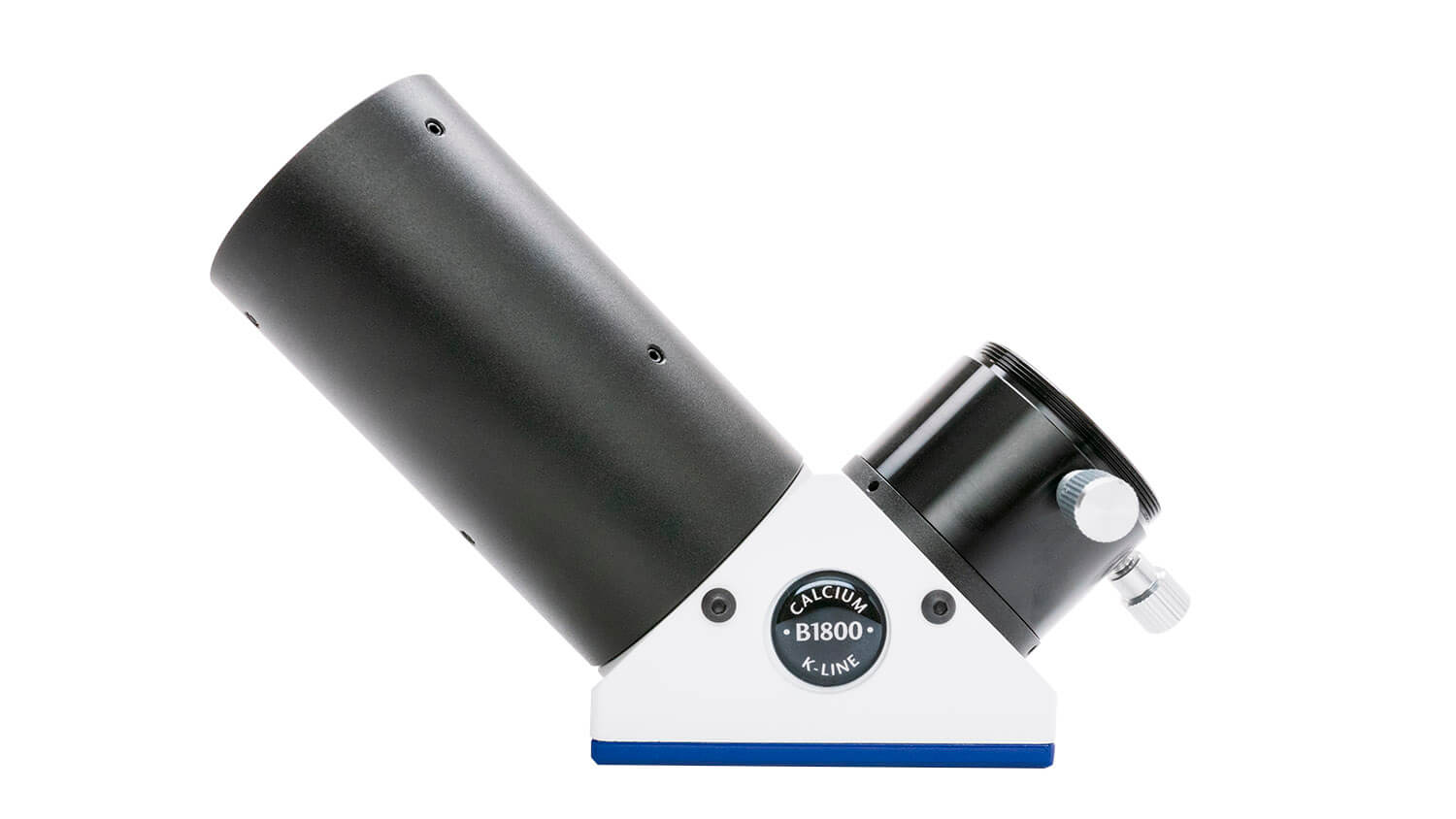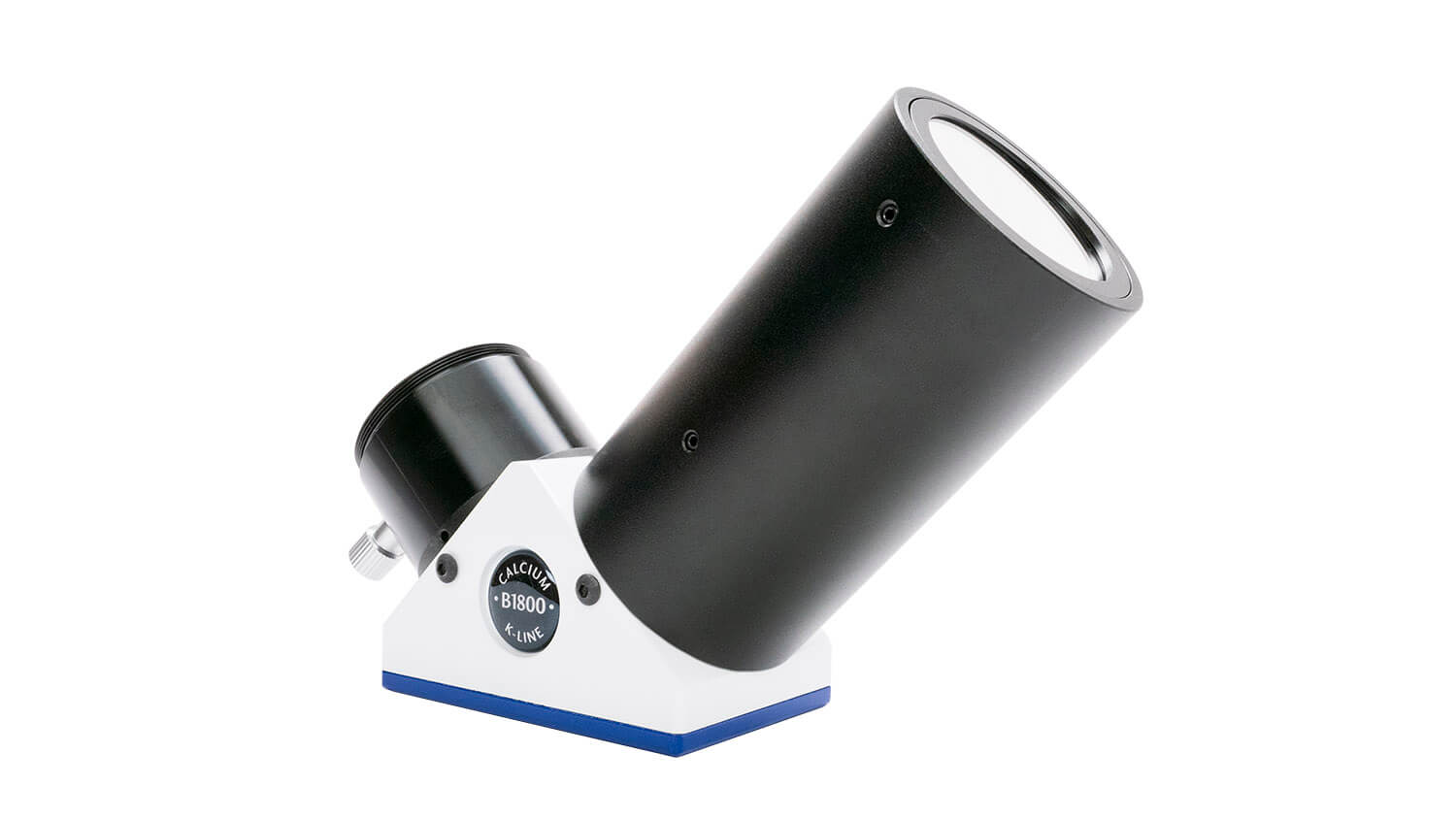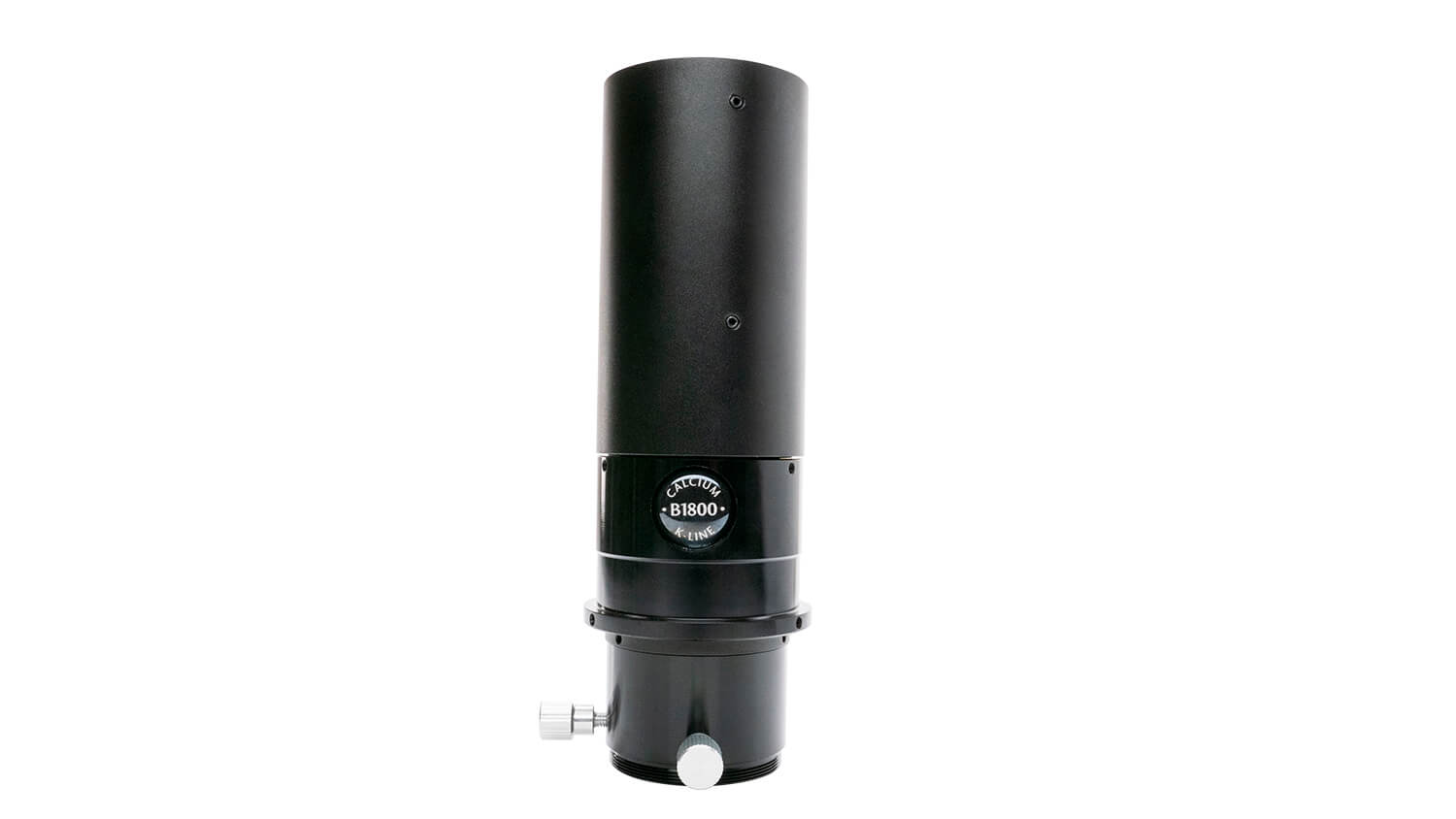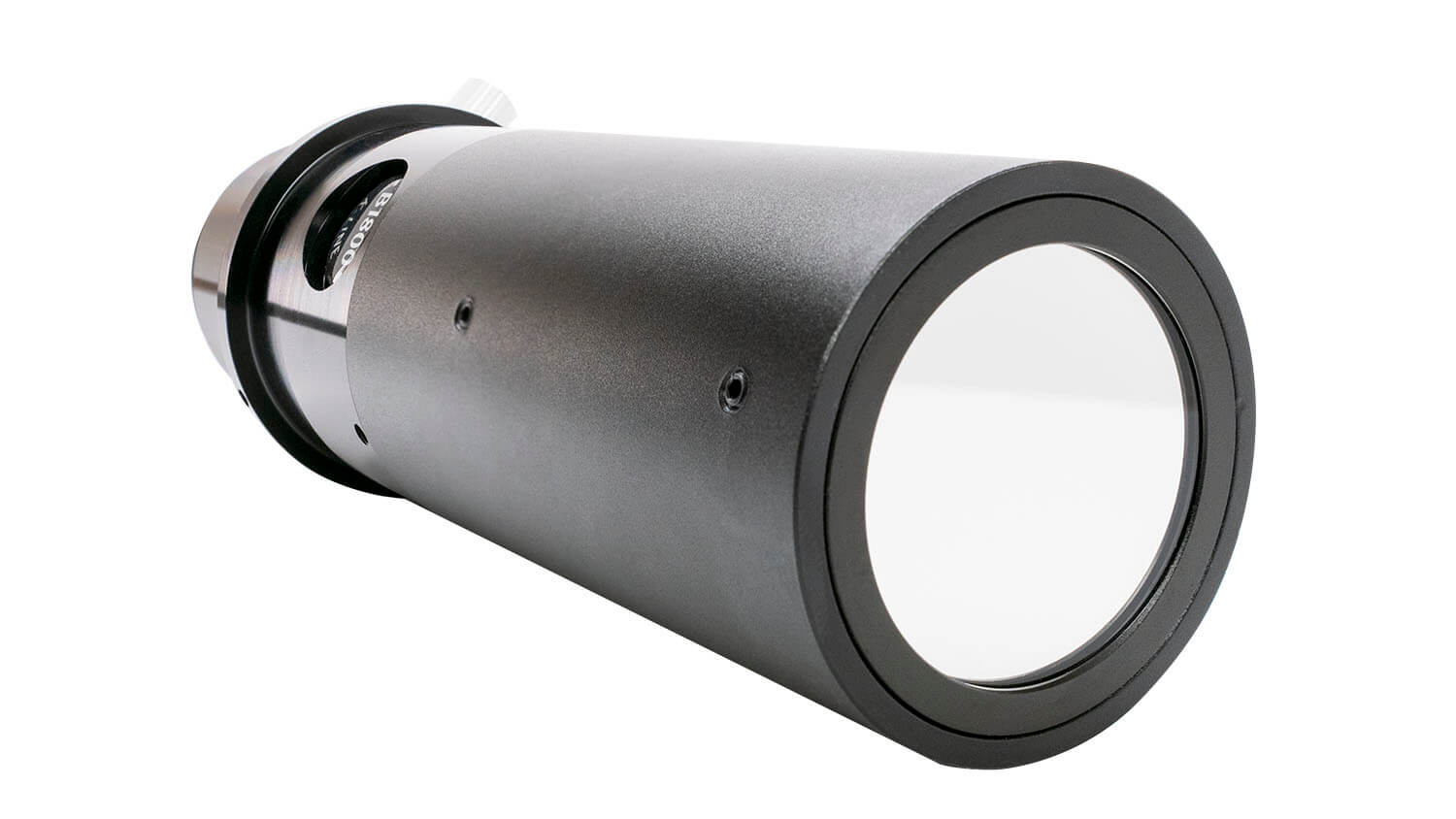Lunt Calcium K Module
$1,188.00 – $1,782.00
- Calcium K (Ca-K) telescopes and filters are used to study the wavelength of 393.4 nm.
- Having the ability to study the Calcium K and the Hydrogen-alpha line provides important insights into the structure, strength, and depth of these active regions.
Description
Calcium K Module
Calcium K (Ca-K) telescopes and filters are used to study the wavelength of 393.4 nm. This emission line is one of two that are produced by Calcium just at the edge of the visible spectrum. Comparatively, this is in a layer that is slightly lower and cooler than the layer viewed in Hydrogen-alpha. The emission line displays areas of super granulation cells that are brightest and strongest in areas of high magnetic fields, such as sunspot activity and active regions. Having the ability to study the Calcium K and the Hydrogen-alpha line provides important insights into the structure, strength, and depth of these active regions. Lunt Solar Systems Calcium K modules can be used with most standard night time refractors, or with Lunt’s new Modular Telescopes in their night time configuration!
The Calcium K modules line is centered at 393.4 nm. This wavelength is considered to be slightly outside the visible spectrum on the UV side. While most people can visually see the violet color of the wavelength, many cannot resolve the contrast due to yellowing of the cornea. People who have had cataract surgery are often able to see considerable detail. But, it is for these reasons that the Ca-K line is typically studied via the use of cameras, which are able to provide stunning details.
Internal narrowband filters allow for a <2.4 Angstrom bandpass. This is primarily an imaging system due to the difficulty of many to visually see everything that CaK has to offer.
Choose the best Calcium K Module for your Telescope Size and Focal Length:
B600: For telescopes up to 100 mm aperture and 600 mm focal length
B1200: For telescopes up to 100 mm aperture and 1200 mm focal length
B1800: For telescopes up to 100 mm aperture and 1800 mm focal length
Read the latest news about the Sun from NASA.




Jeffrey Padell –
I bought the CaK from Lunt with the B600 blocking filter, the diagonal version. I am using on my Orion ST80 as Stellarvue SV80 as well as my Lunt ED102. I use it with a ZWO ASI174mm camera and get great results. It is well worth adding to your kit.
Jeff Thomas –
I purchased a Lunt B600 Cak filter, the diagonal version, about a month or so ago. I have to say this is one of the coolest solar toys I own. I have been imaging with it as much as I can. I can get a full disk through a 70mm F6 refractor with a 178 sensor. It works better than I imagined for prominences too. I see a larger blocking filter in my future.
Chris Cole –
I have been using the Lunt b1200 Cak filter and it has been a pleasure with my 90mm apo refractor. Along with my Lunt ls80tha and Lunt Herschel Wedge, I have been able to collect my dream array of solar wavelength tools that all the best solar imagers have.
Sean (verified owner) –
Works great! I am using the B1200 CaK Straight along with a 115mm apo, stopped down to 80mm to get roughly f/10. This works well and I love the results.
Well worth the wait + money. Thanks Lunt.
Howard Eskildsen –
I have been using the B600 CaK filter regularly since March of 2009. It’s mounted on an Orion 80ED refractor, and I have taken over 2500 images with it. The images are sent to ALPO Solar Section, Spaceweather.com, and have appeared in Sky and Telescope, The Strolling Astronomer, and once on the National Geographic website in 2011. The filter continues to work perfectly after nearly 14 years of regular use, producing excellent images. I highly recommend the Lunt Ca-K filters to anyone interested in imaging the Sun in Ca-K.
Otto Gruebl –
I have a B1200 since almost 10 years and it works great with my Lunt 60 refractor f 8.3 , Stellarvue 80 mm and the Lunt 100 apo f7.1 MT telescope.
I get brilliant images with great details incl.prominences
Hankk (verified owner) –
Works great. No extra blocking filter required — you can use this as the diagonal on any refractor less than 100mm.
The CaK image is faint visually for me, but very bright with an imager, even with a short exposure of a few ms.